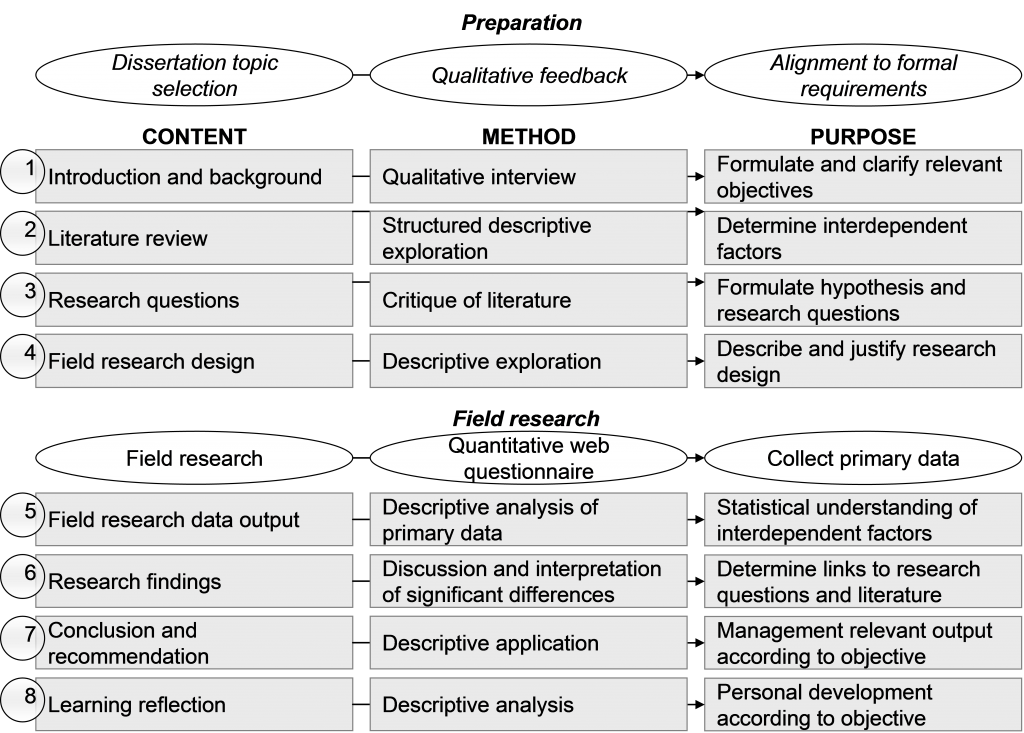1.1 Topic, Objective and Background
1.1.1 Formal Topic Requirements and Boundaries
The dissertation is to meet the formal academic and empirical submission requirements for partial fulfilment of the Henley Management College Executive MBA programme.
The overall context of Corporate Social Responsibility (CSR) within this research is based on the definitions according to Werther & Chandler (2006, p6) “Corporate Social Responsibility covers the relationships between corporations (or other large organisations) and the societies with which they interact”.
CSR also contains political perspectives as David Vogel (2005 p xx[1]) states, “CSR is real and substantive and deserves to be taken seriously by anyone interested in politics, business, or the relationship between the two”.
The future perspective is linked to strategy by Werther & Chandler (2006, p7) by labelling the concept “Strategic corporate social responsibility: The idea that CSR should be integrated into the firm’s strategic perspective and operations because of the long-term benefit this brings to the organisation”.
([1] Some prefaces in reviewed literature use minuscule Roman numerals as page numbers)
1.1.2 Research Objective and Scope
The objective of the research is to describe a best practice template to support managers in strategy selection, implementation and achievement of outcomes according to environmental responsible objectives.
The research objective is based on the idea that, if able to put up a strategic roadmap to achievement of CSR objectives, it would be easier and more convenient for business managers to suggest CSR improvements.
The research is expected to contribute with knowledge of differences in strategic approaches and create a basis for understanding the stakeholder drivers and resistors for adopting CSR strategies in the industry.
The knowledge is to enable managers to evaluate and prioritize initiatives that are suitable according to capabilities, competitive position and cultural beliefs, feasible according to investment and resource allocation and acceptable to stakeholders (Johnson & Scholes, 1997, chapter 8).
Initial interviews with main stakeholders narrowed down the focus of relevant issues to be the environmental issues within the Danish concrete industry.
Research and analysis is limited to the value network in the concrete production industry (from quarry to on-site concrete) with a focus on the major direct sales and distribution channel. Suppliers of energy and machinery, influencers as architects and consultants and consumers are not included.
The process of value creation (material flow from quarry to on-site concrete) in the Danish concrete industry is constituted in a network of three major value-adding sub-processes (figure 1):
- Raw-material extraction and production – cement and aggregates
- Industrialized building component production – precast concrete, ready-mix, concrete products and bagged products
- Building industry – on-site construction based on components
Figure 1: Value Network in the Danish Concrete Industry

Source: Author’s own creation
The author is employed as sales director in Aalborg Portland (AP), Denmark’s only producer of cement. Development of a CSR strategy in AP is expected within 2009 and the topic is seen to support the strategy process in practical development of a sustainable strategy in line with the industry challenges.
From a personal perspective it will challenge my ability to make structured collection and analysis of data as well as appraisal of theories and concepts. The principle and process of academic enquiry and business research is seen as the personal key challenge in the dissertation.
I will develop my way of thinking to be more theoretically and practically balanced, and demonstrate this by presenting research with a good balance between theory and practice.
The dissertation is to enhance my ability to make structured analysis and communication. I will demonstrate this by collecting, documenting and implementing feedback from stakeholders into this assignment.
Even though time and resources are limited and I not always will be able to prioritize without consideration to others, focusing on the objectives is to secure the deadline is achieved.
The CSR topic is of personal interest and the opportunity to study CSR in a detailed and thorough way that will provide a sound and relevant experience to future job opportunities.
1.1.3 Background – The Danish Concrete Industry
Environmental sustainability is moving upwards on government agendas on a global scale.
From an industry perspective theoretical investigation of the topic is highly relevant as present initiatives are merely based on individual’s perceptions without a shared understanding of scope, possibilities and risk in CSR.
Practical implementation of a best practice template is seen to be a key success factor to support managers in achieving successful environmental improvements.
Further information concerning industry and organisations under consideration can be found in appendix 1.
1.2 Research Approach and Dissertation Structure
The approach to answering the objective is a deductive approach where theory will assist in determining a framework for field research.
Relevant literature will be descriptively reviewed to evaluate the current state of CSR theory and to identify interdependent factors that influence the strategy formulation, selection and implementation of environmental responsibility.
Explanatory field research where primary data is obtained and analysed will be applied to identify the industry specific perceived drivers and resistors that will enable creation of a best-practice template.
Recommendation of future approach and description of a best practice template for CSR that are to be applied in practical business management will be based on the descriptive and explanatory research outcomes.
Content, method and purpose of this and subsequent chapters are outlined in figure 2.
Figure 2: Process of Assignment Response

Source: Author’s own creation
Cited and referred literature sources and other bibliography used as background literature are alphabetically listed in appendices under “Reference and Citation List” and “Other Bibliography”.






